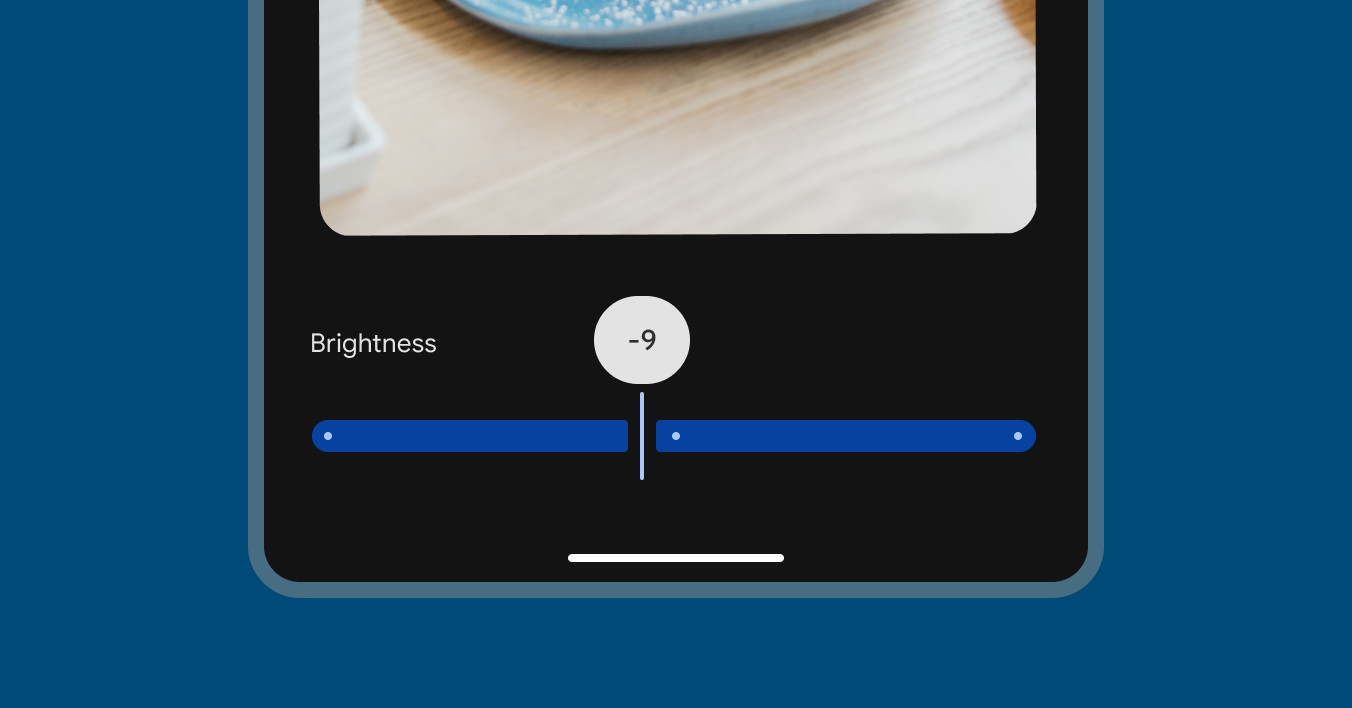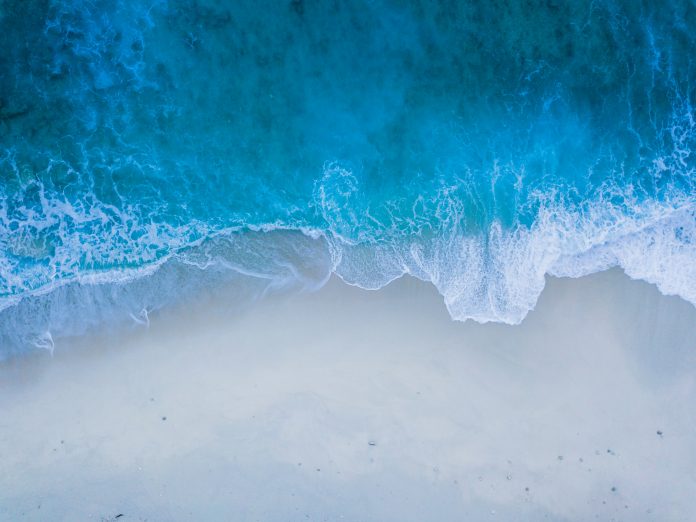Summary
- Android 13 introduced squiggly progress bars, expanding Material Design options for developers.
- Hidden features suggest expressive progress bars on Android are in the works for future updates.
- Jetpack Compose may also incorporate new progress bar designs to enhance the user experience.
Material Design (MD) has evolved significantly since Android 12 introduced dynamic theming. With the last couple of Android updates, we’ve joyously watched the design language mature and permeate deeper into Google’s suite of apps and creations from other developers on the Play Store. The progress bars we see while content loads are an important part of the user experience, and were recently updated to match Material Design 3 specifications as well, but a feature spotter says Google could also let developers use squiggly versions like the one in the media controls in your notification shade.

Google finally updates Material Design 3 progress bars and sliders
The new designs are already showing up in a few Google apps
Google introduced the squiggly playback progress bar for the media controls in Android 13, but that remains one of the few publicly visible squiggly progress bars to this day. However, discoverer of hidden features, Dylan Roussel, took to X (formerly Twitter) to show a new set of progress bars that Google’s likely to call “expressive progress bars.”
More choices for developers
Roussel’s tweet shows off squiggly indeterminate linear and circular bars, probably designed to substitute for the bars you see when you’re waiting for a download to begin in Chrome or a webpage to load on a slow internet connection. The other MD3 progress bars on the clip are quite similar to what we saw when Google bought bars and sliders up to spec with MD3 standards.
We already see a few examples scattered across Google apps and system components like the Play Store and the Quick Share UI. However, Roussel says they should feature in the next version of Material Components for Android, making these bits more production-ready for third-party app developers. The squiggly progress bars should add some visual flair for otherwise tired and familiar “content loading” UIs.
Meanwhile, the Jetpack Compose bits will come later, as suggested from AOSP code snippets seemingly related to this change. Interestingly the AOSP code also mentions determinate progress bars with cached path components. If that’s a reference to the squiggly progress bars used to represent download progress and file transfer progress, it could be one of the most jarring changes to Android Material Design in recent years. However, it’s too early to speculate along those lines because the comments mention that the APIs are still internal and we don’t see examples yet.




